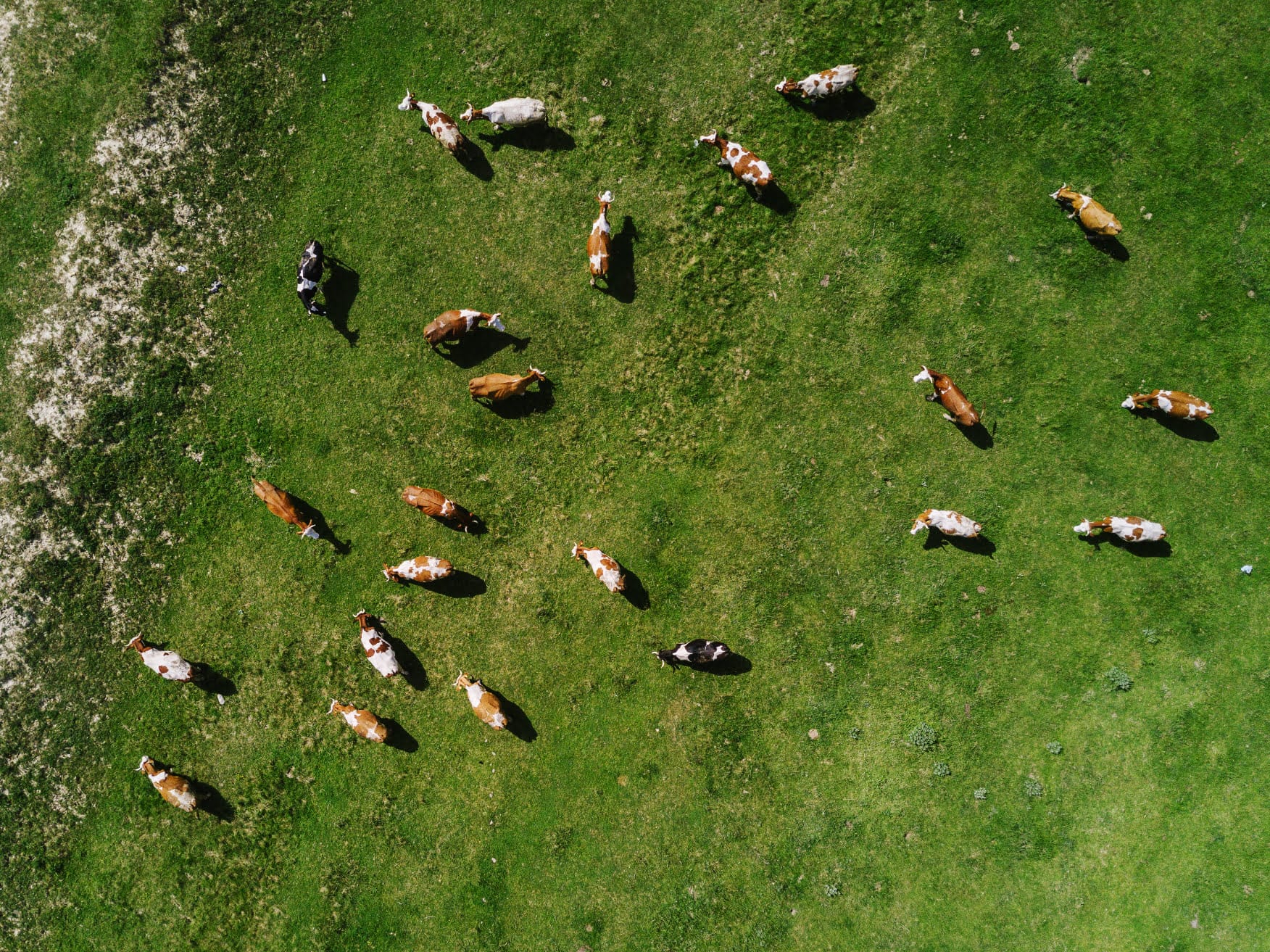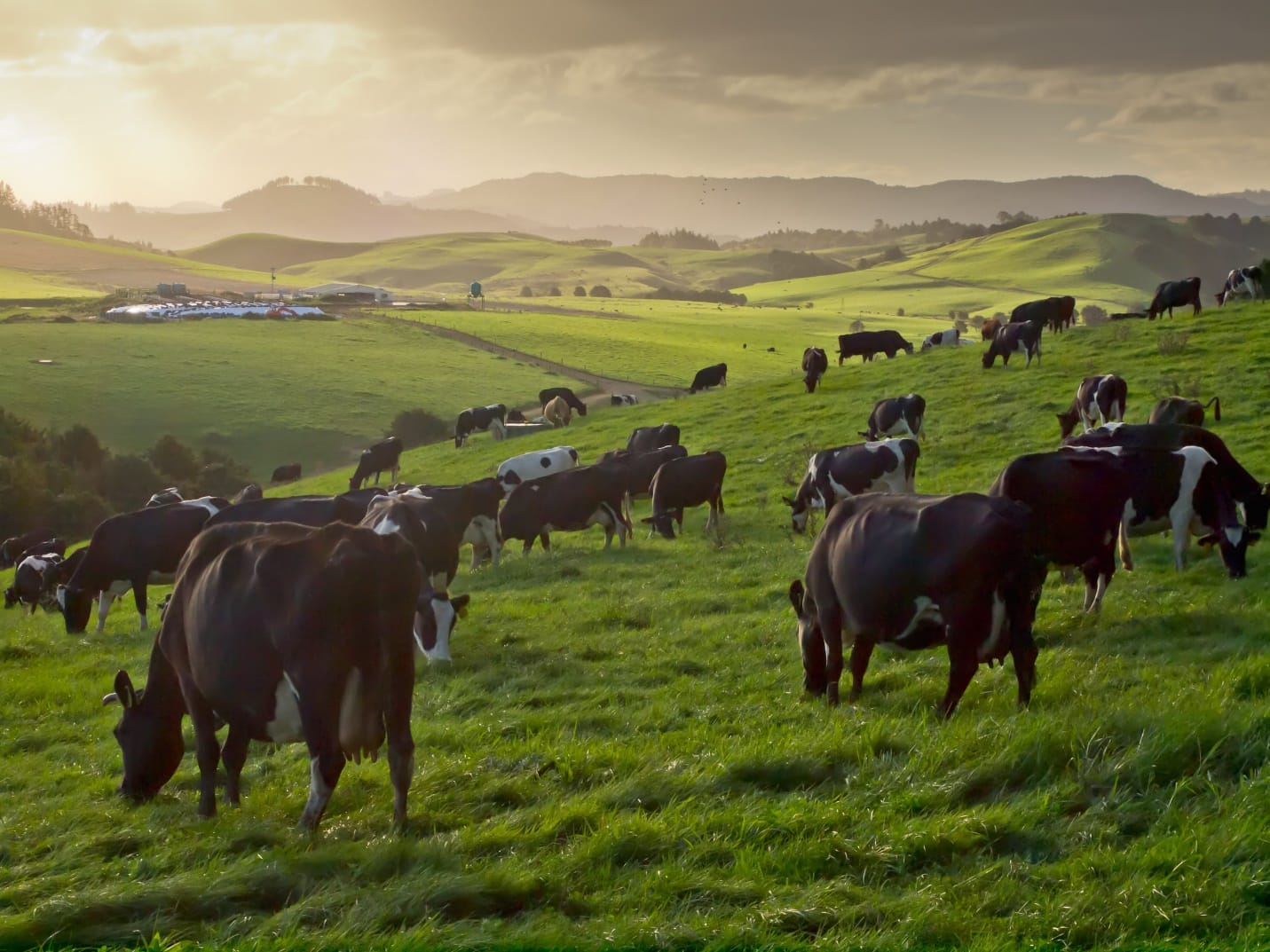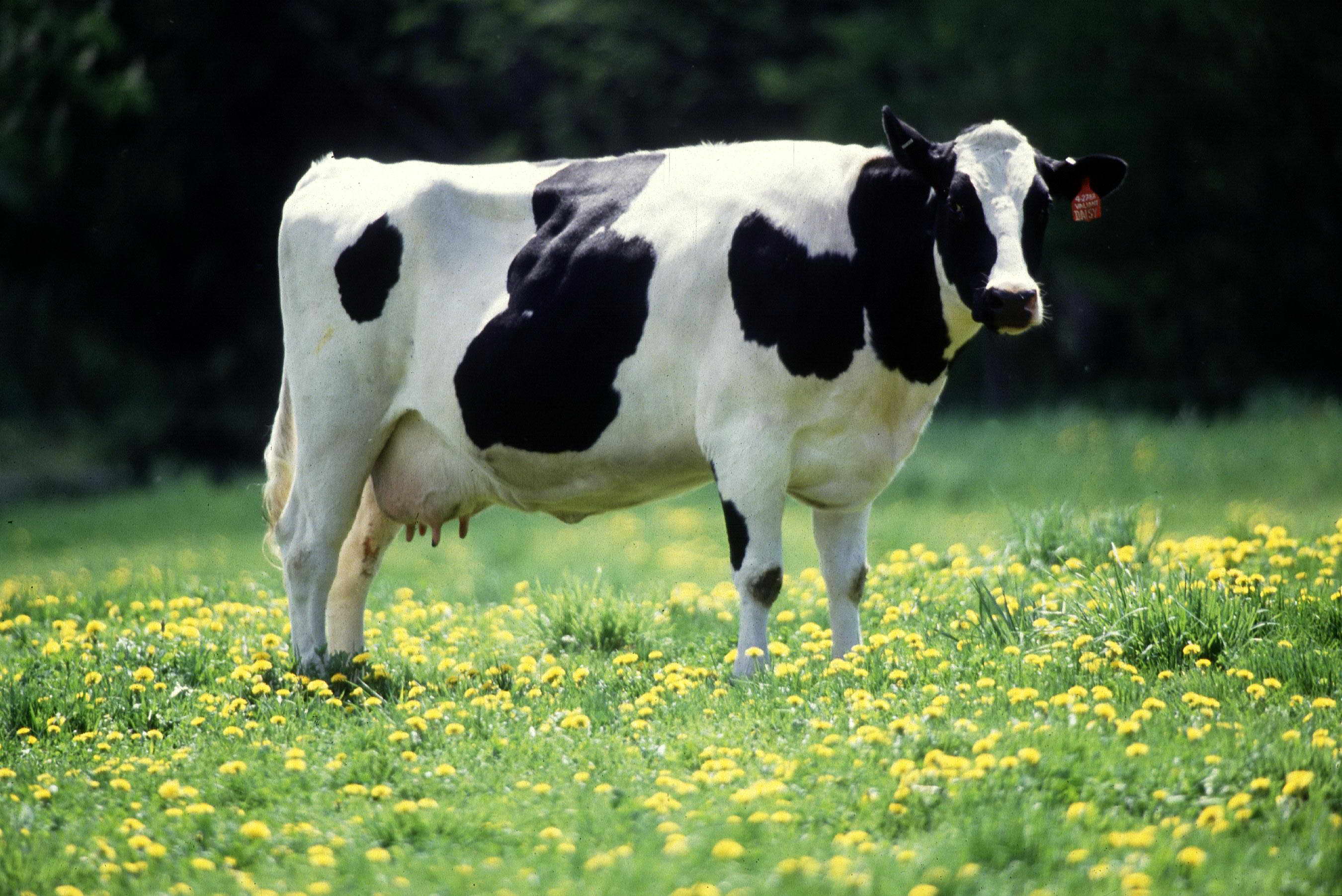It’s stressful enough cooking up a storm for a party of say, 20. How much of that jasmine rice and Thai curry is going to be just enough for everyone to have a good meal, without the chef being forced to have cold leftovers for days?
When this in itself is a mind-boggling task, imagine the plight of dairy farmers. You may have acres of pasture and a sizeable herd of cows. But how do you know if you have enough pasture to satisfy the nutitional grazing needs of your dairy herd? Read on.
You want to be sure that your cows have enough to feast on, without elbowing each other at the buffet.
So without further ado, let's talk about how many acres of land your cows need!

Firstly, there’s no real cookie-cutter approach to pasture size. It really depends on your dairy farm operations.
And this whole, ‘how many cows’ question is not just limited to farmers with limited land who want to know the maximum possible animals that can be grazed on a given strip.
Farmers with larger chunks of land would also need to know the minimum amount of land that their animals would need to graze continuously.
As always, the key is balance. Finding the right balance between your herd size and the available forage is essential to good grazing management.
First, we’ll need to answer the following questions:
- What is the length of your grazing season?
- What is the average weight of your animals?
- How many acres do you have available for grazing?
- What is the average yield of your pasture per acre?
- What is your daily utilisation rate for livestock?
The daily utilisation rate for livestock is more or less always the same number - around 4%.
Why? because livestock needs to have 4% of their weight in forage every day. Their intake is roughly 2.5% - 3%. About 0.5% is trampling loss. And the rest is a buffer.
The rumour mill has it that it takes 1.5 to 2 acres to feed a cow-calf pair for 12 months. Now let’s do some calculations for an imaginary farm that we just made up and see if it holds good!
Now back to exploring the land-cow relationship.
To do that, let’s count the cows. Jot down the number of animals you think you will have to manage on your farm. This is one of the most important factors that will determine the acreage of land you’ll need. For instance, you may have 250 cows to graze.
Next, figure out the average weight of each one of your animals. If you overestimate the average weight of your animals, you could end up putting tremendous pressure on your pastures. This means lesser rest time for your plants, which leads to immature growth and lesser nutrients for the cows. Under-estimating the weight of your animals could be equally detrimental too. So do get this right! Let’s assume the average weight to be 600 kg per cow.
Calculate the total number of animal units that you have. The animal unit or AU is the unit that’s used to measure the stocking rate. Stocking rate is defined as the number of animals on a given amount of land over a specific amount of time.
Stocking rate is expressed as animal units per unit of land area. Below are some useful abbreviations:
- Animal Unit (AU)
- Animal Unit Day (AUD)
- Animal Unit Month (AUM)
- Animal Unit Year (AUY)
- Animal Unit Equivalent (AUE)
The AU was first based on the size of cows in the early 20th century. Cows today, however, are much bigger. One Animal Unit or 1 AU is equal to one 450 kg cow either with or without a calf, consuming about 11 kgs of forage per day.

Then, to calculate the total number of animal units you have, multiply the number of animals by the animal unit equivalent. For instance: 200 cows X 1.33 AUE = 266 AUs.
After this, you can determine the stocking rate of your area. Stocking rate is determined by the amount of forage that you have already growing in your pastures and the amount of forage that you would want your animals to consume.
But the amount of available forage depends on several changing factors like your local weather, soil moisture, grazing patterns and soil fertility.
So, to estimate available forage, you need to measure your pasture growth regularly.
If estimating available forage is a big challenge and you’re looking for an inexpensive, automatic way to measure your pastures – check out pasture.io. We offer automatic satellite-based remote pasture measurement services, several times a week.
Continuing with our example, let’s assume that you need a stocking rate of 2 AU/ hectare.

Next, determine the length of time you wish to graze your pasture for. This figure is measured in months. Now this differs from farm to farm and would depend on how long you would push yourself to extend the grazing season.
In Australia, farmers prefer to use direct grazing for longer periods and so on average, the length of the grazing season in Australia is roughly 9 months.
You can now calculate your required pasture size using the following formula:
Required pasture size = number of animal units x length of the grazing season divided by the stocking rate.
For example, 266 AU divided by 2 AU / hectare = 133 hectares
More often than not, it’s difficult to calculate the exact number of hectares you need for your cows. Because this will depend on your farm, forage type, herd’s nutritional needs and production goals.
Want to introduce rotational grazing practices? Then that’ll make these estimations even more complex.
The good news is that it’s not really a fixed science and you can always get some healthy adjustments – either by reducing the number of cows or reducing the amount of time they spend in the pasture.
But having said that, if you get this wrong, your pastures can either get severely over or under-utilized. Both of which will affect your cows' health and production.
So, use this formula only as a rough way to adjust your herd size and grazing area to each other. But more importantly, get your pasture growth rates across different seasons right.
If you’re thinking “where’s the time to measure my pasture growth rates across different seasons?” then consider pasture.io to get automatic pasture growth updates several times a week. You can access these updates from your smartphone and make effective grazing decisions on a daily basis.
As one of our customers say “Pasture.io takes the guesswork out of pasture grazing management decisions”.
Interested to learn more? Check out how remote satellite measurement works.
Until we meet again, happy farming.
- The Dedicated Team of Pasture.io, 2021-01-11